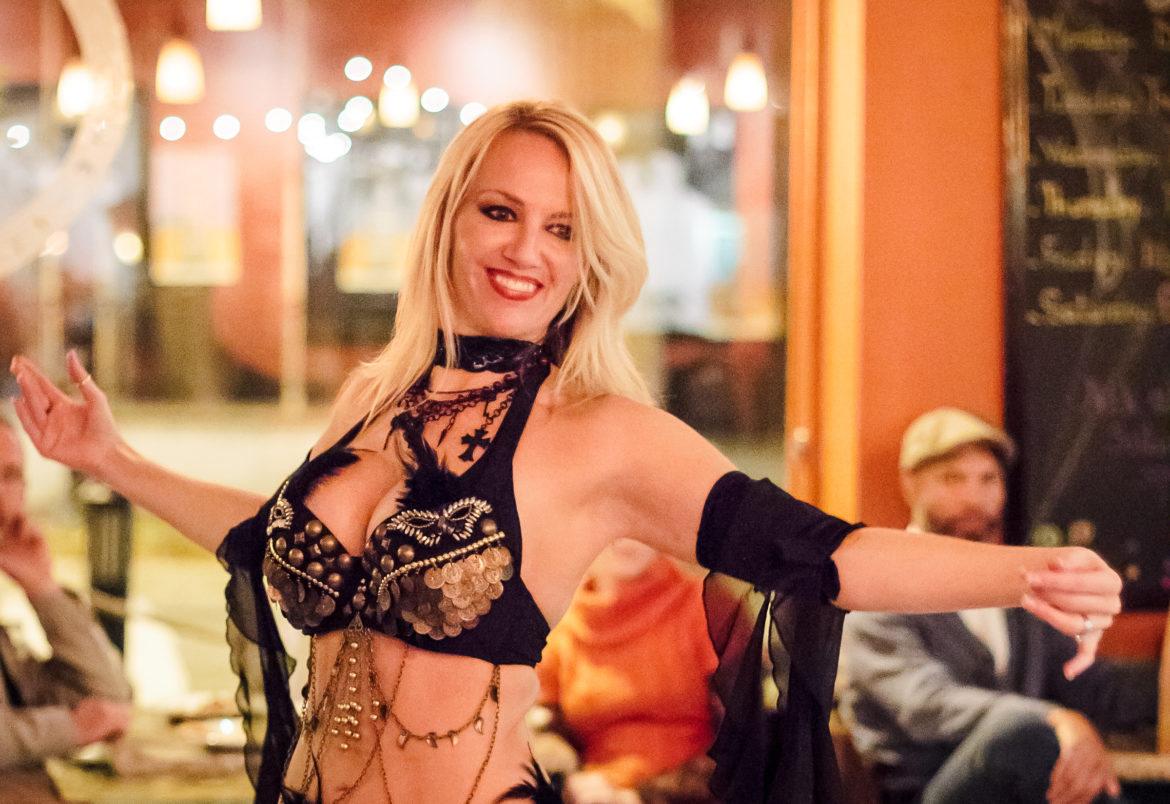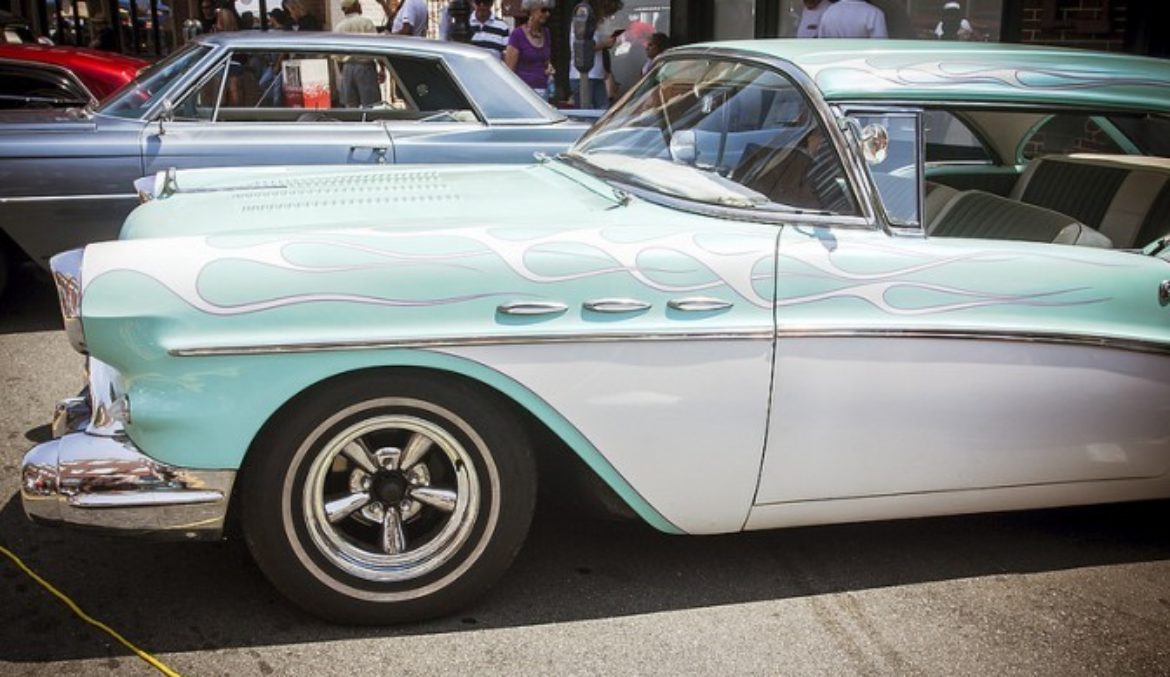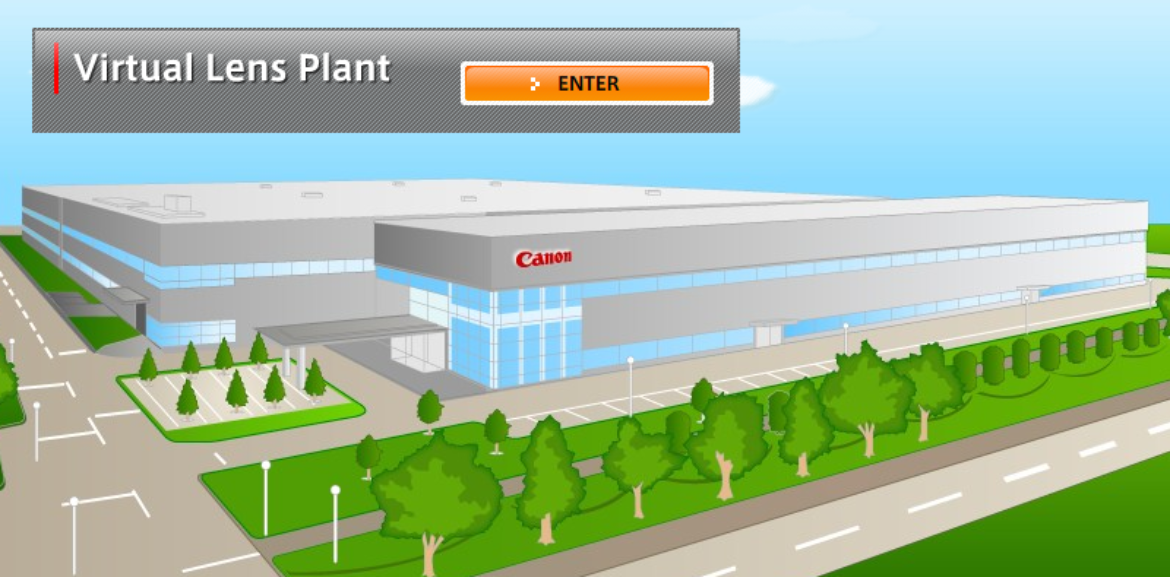In the world of photography, there are many debates and opposing camps as there are models of cameras. They range in passion and breadth from the extremely minor to the fundamentals of photography. There are people who pride themselves on using only prime lenses versus zooms. There are those who are Canon fans as opposed to the Nikon fans. There are people who swear by using ballheads on their tripods while others will use only pan head and so it goes. One of the most fundamental points of contention in photography is how should the photograph you take should be represented. For lack of a better term, I would categorized the argument as taking the shot as opposed to making the image. At its simplest, taking the shot is represented by a photograph that is unaltered in every way from the moment that the photograph is taken. No cropping, no change in exposure levels, no changes in color. What you shot is what you get. The best kind of example of this sort of photograph is the journalist shot at a moment and then transmitted quickly to a newspaper or photo archive like Getty Images. In this sort of photography, […]
Read MoreLike many others who bought the Canon Digital Rebel (aka 300D), it came with the kit 18-55mm lens. After spending so much on the camera, there was not too much left over for any other additional equipment. So much of my photography early on was using that particular lens. In itself, it is a useful lens as it allowed for wide angle shot as well as close ups with the medium length telephoto (remember on the Rebel all lens factor at 1.6x). So the versatility was a greatly appreciated but I soon outgrew the lens. The problem was that at most apertures, the results tend to be quite soft and the colors always need a boost in the post-shoot processing. It was not just the softness that was bothering me but also that as I was doing indoor photography, the kit lens was just not fast enough; to get the image properly lit I used a flash. Using the bounce flash technique took some of the harshness off but it still made things look a bit unreal. To get the fast apertures with the perquisite sharpness and saturation there is only one real choice and that is using a prime […]
Read MoreMy shooting philosophy as I tell people is that I take photographs of everything whether it be people, events or locations. But it seems that same philosophy can be extend to how I post my photos. Apparently I post everything I shoot or so it seems. That is something I am seeking to change.
Read MoreIf you are a serious photographer and want to indulge your hobby or profession with the very best of equipment, it is not difficult to spend thousands of dollars doing so. With the compact point and shoot cameras, the initial purchase is pretty much it for the camera equipment part but if you are like me, using a DSLR like the Canon Digital Rebel or the Nikon D40, you will find that your camera equipment purchases never stop at the original camera body and standard lens. If you are into wildlife photography, then you have to get a telephoto lens; closeups of flowers, a macro lens; portraits will require a high quality fast prime lens and so on. The thing is though that these lens, especially the higher quality ones, are a substantial investment. For example, the 17-40 F4L lens that I purchased for my landscape photography costed well over $700 which is more than the cost of the Canon Digital Rebel camera body I have. You could go with a cheaper lens; a comparable lens of the same zoom range and maximum aperture will go for half of the Canon price but the difference in the quality in the […]
Read More


